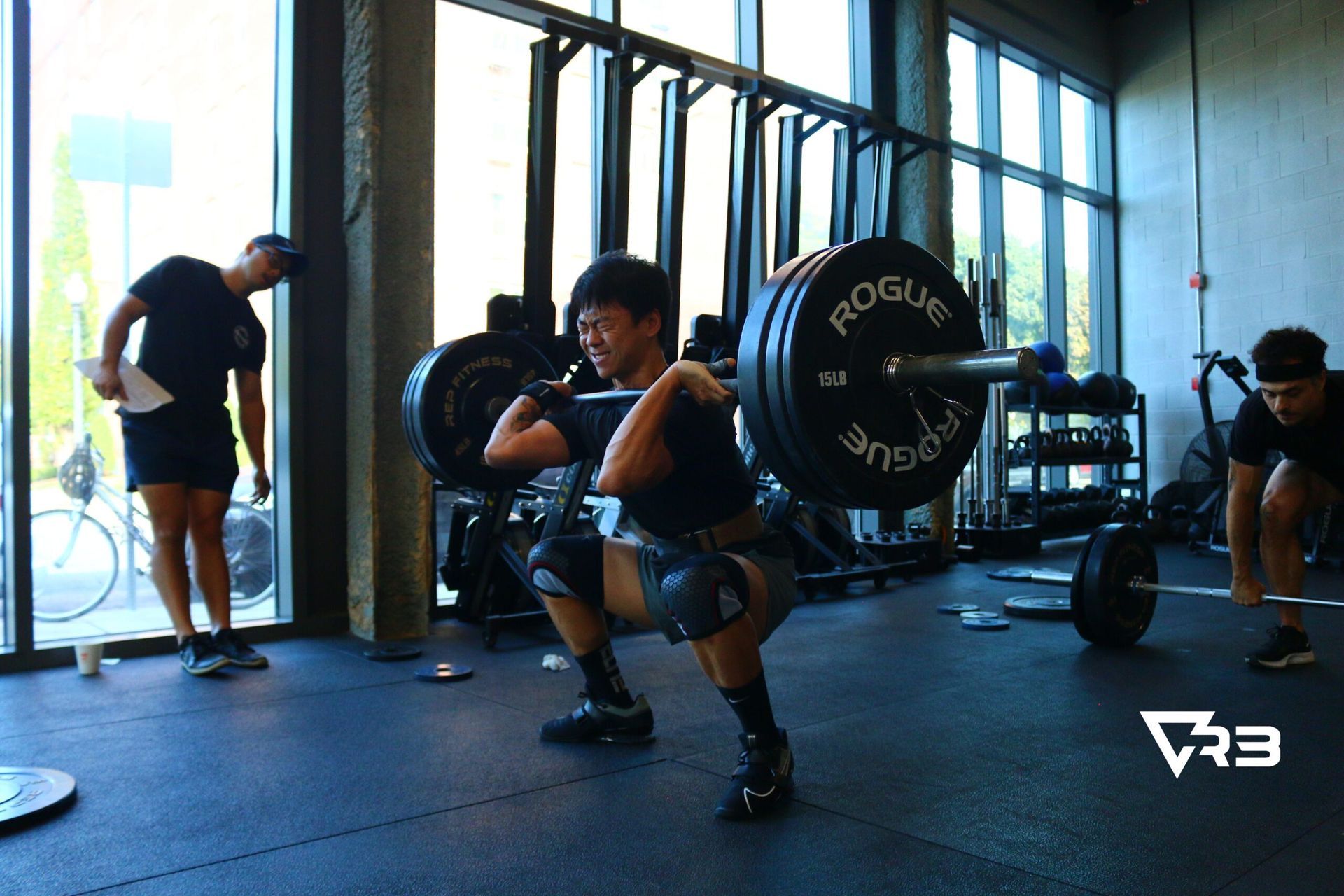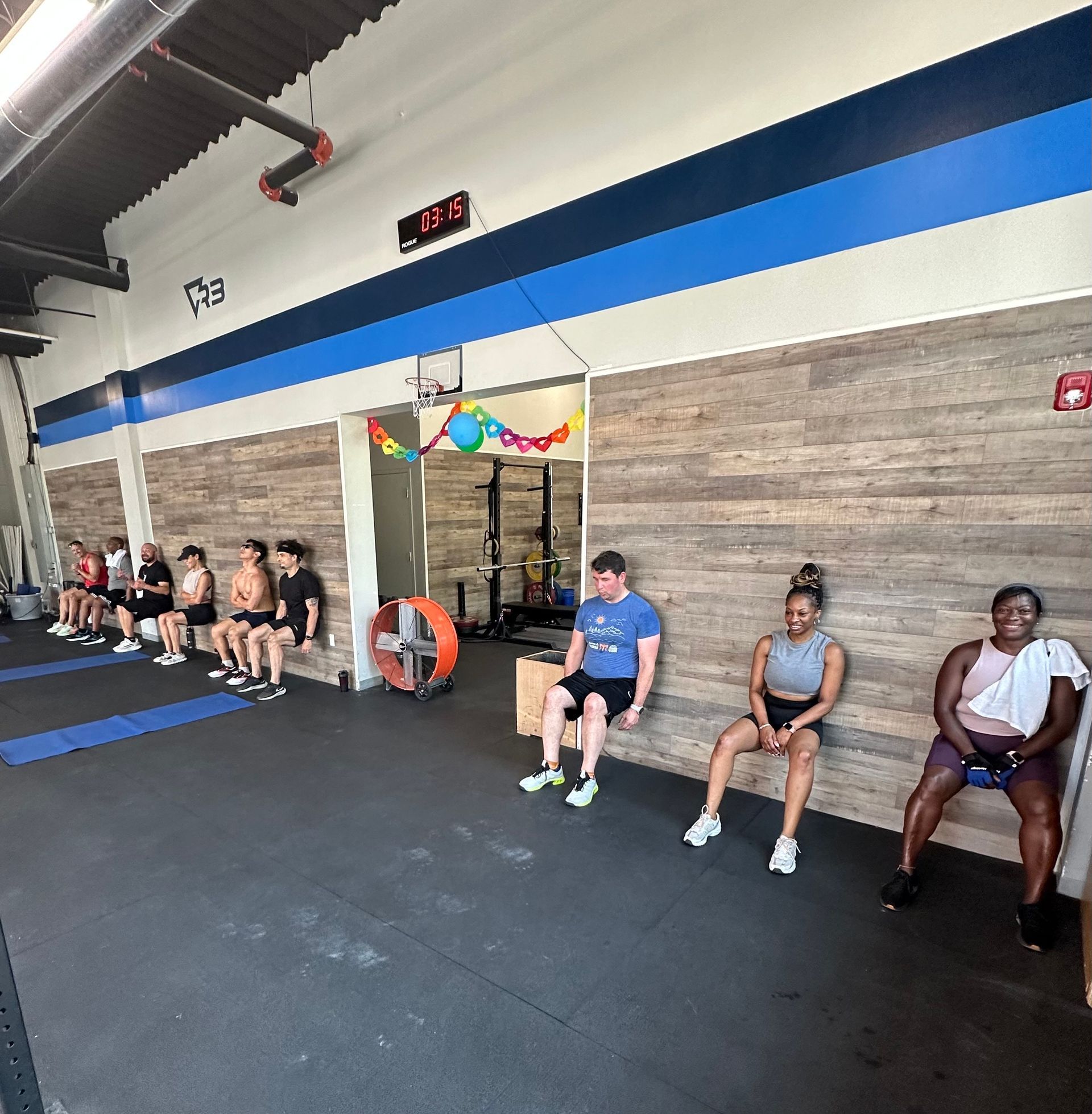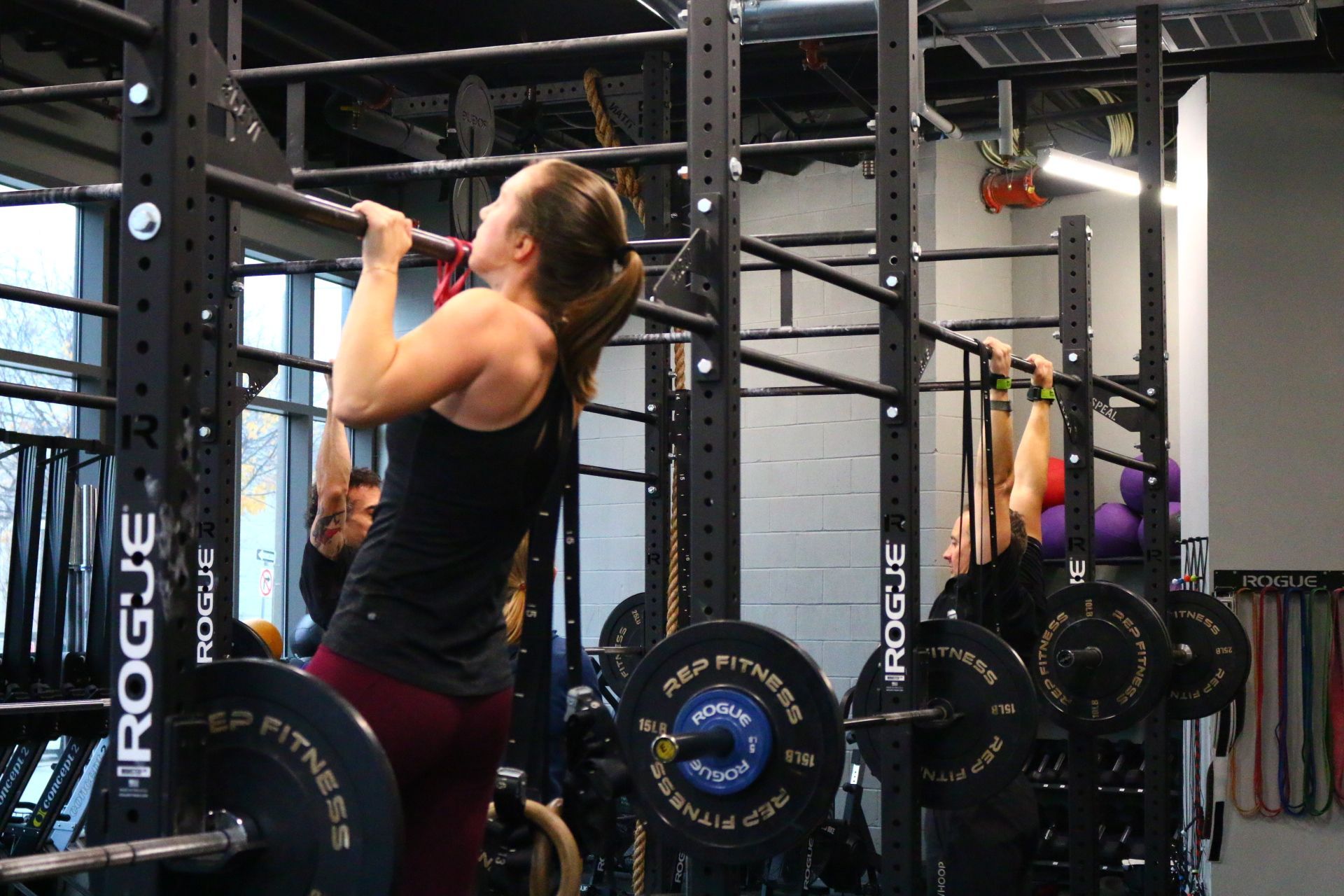Daily Life Movement Essentials: Squatting

WHY SQUATTING IS AN IMPORTANT MOVEMENT IN OUR DAILY LIVES AND IN TRAINING.
Squatting is more than just a movement for the gym—it’s a foundational part of daily life. From standing up from a chair to lifting heavy objects, squats play a vital role in functional fitness. Yet, despite their importance, myths persist about squatting being harmful to your knees. In reality, when performed with proper technique, squats are not only safe but also incredibly beneficial for your joints, mobility, and overall health.
Debunking the Myth: Are Squats Bad for Your Knees?
Contrary to the long-standing myth, squatting does not harm your knees. Research consistently shows that squats, when done with proper form, actually strengthen the muscles and ligaments around your knees, improving their stability and function. Misalignment or poor technique can lead to strain, but with the right approach, squats promote joint health and can even alleviate knee pain over time.
The Many Benefits of Squatting
Squats are often called the “king of exercises” for good reason. Here’s why they’re essential:
- Joint Health : Squats help maintain the health and mobility of your knees, hips, and lower back as you age.
- Functional Strength : They enhance your ability to perform everyday tasks like climbing stairs, lifting, or even getting out of bed.
- Improved Posture : Strengthening your core and lower body improves alignment and reduces back pain.
- Increased Muscle Growth : Squats target multiple muscle groups, building strength and power in your legs, glutes, and core.
- Enhanced Athletic Performance : Regular squatting can improve speed, agility, and explosiveness for athletes.
Mastering proper squat form

Set up
- Position Your Feet : Stand with your feet shoulder-width apart, toes slightly turned outward to align with your natural hip rotation.
- Maintain Focus : Keep your head and eyes forward, avoiding the temptation to look down at the ground, to promote proper spinal alignment.
-
Engage Your Core : Take a deep belly breath, brace your core tightly, and maintain a natural curve in your lower back to ensure stability throughout the movement.
Lowering your hips
- Engage Your Hips : Push your hips back and down in a controlled motion, actively pulling them into position rather than simply dropping.
- Align Your Knees : Keep your knees tracking in line with your toes throughout the movement, avoiding any inward collapse.
- Depth Check : Lower until your hip crease is just below the top of your knees to ensure proper squat depth.


Standing
- Return to Standing : Drive your feet firmly into the floor, maintaining the same controlled path you followed during the descent. Focus on engaging your glutes and quads as you rise to ensure proper alignment and balance.
Try These Squat variations next!
If you feel confident on normal squats, try incorporating these variations to target different muscle groups:
- Goblet Squats : Great for beginners to focus on form.
- Bulgarian Split Squats : Build single-leg strength and balance.
- Overhead Squats : Challenge your core and mobility.
- Sumo Squats : Target the inner thighs and glutes.
Squatting is a vital movement with countless benefits, from improving strength and mobility to protecting joint health as you age. Contrary to the myth that squatting harms your knees, research shows that proper form strengthens and stabilizes the knees, hips, and lower back, promoting long-term health.
Incorporating squats into your routine can enhance your quality of life and help you stay stronger and healthier for longer. Practice with good technique, and your body will thank you for years to come.
Be sure to follow our blog and be on the lookout for more posts in this series!
The post Daily Life Movement Essentials: Squatting appeared first on R3VIVE FITNESS.




